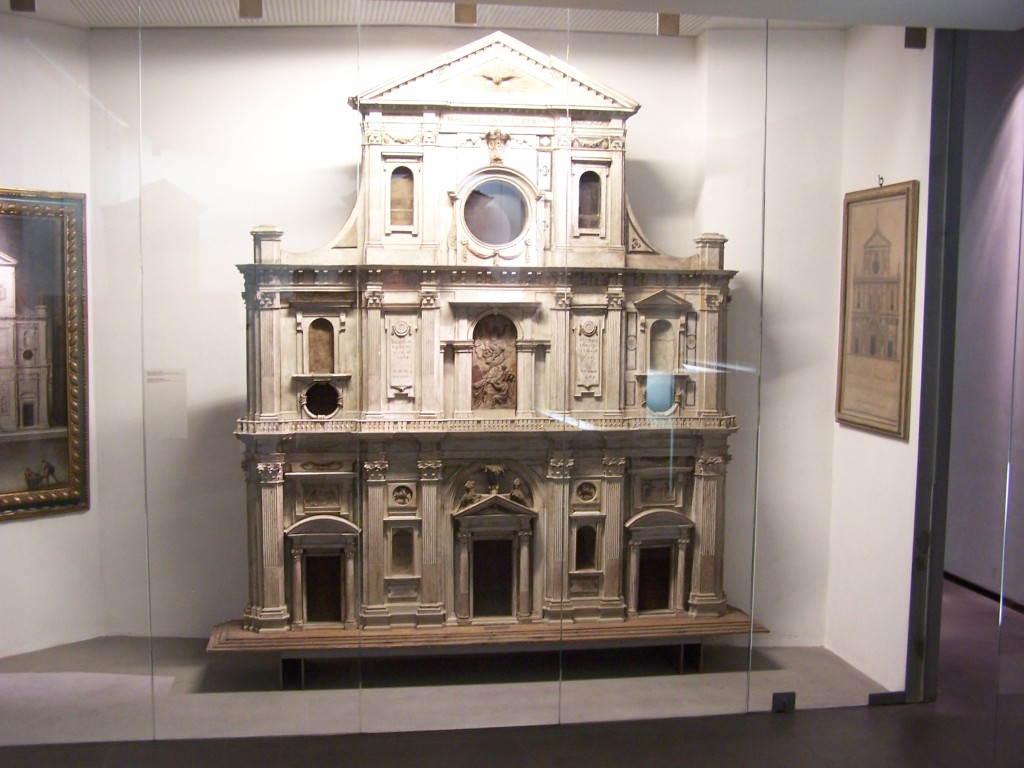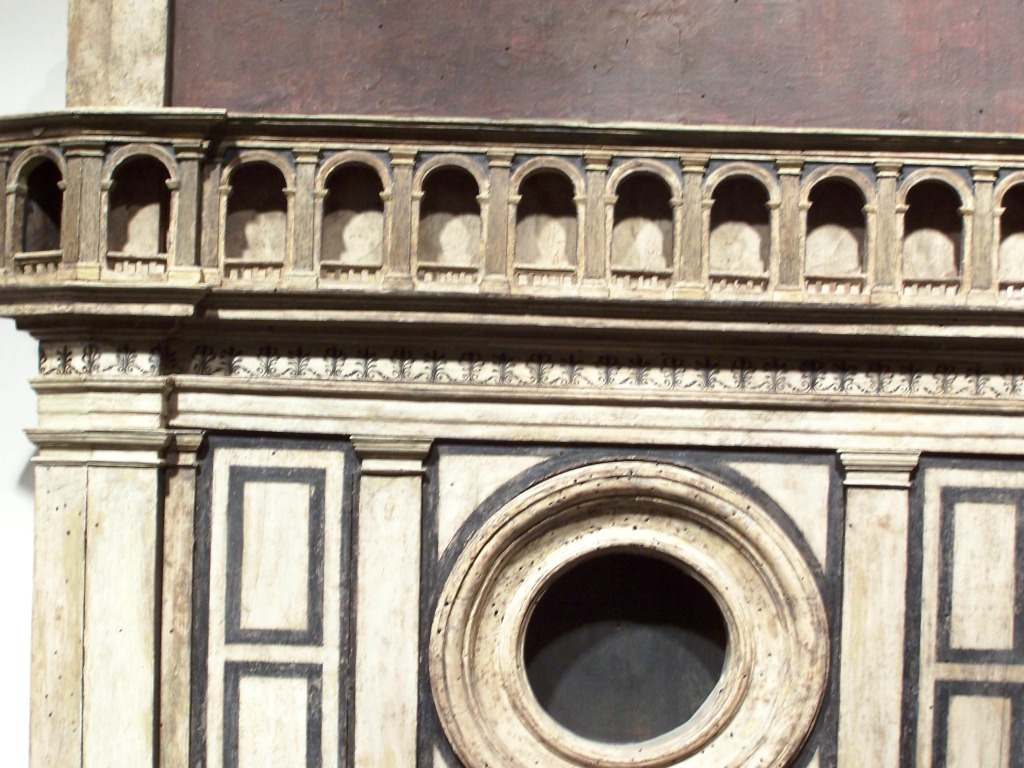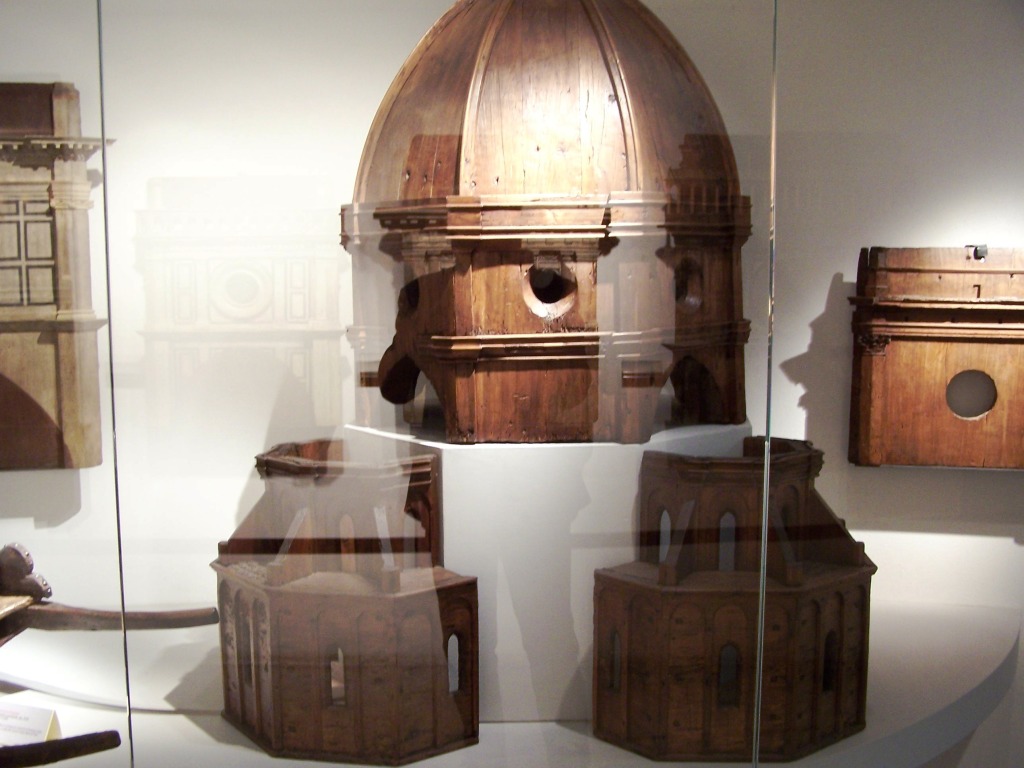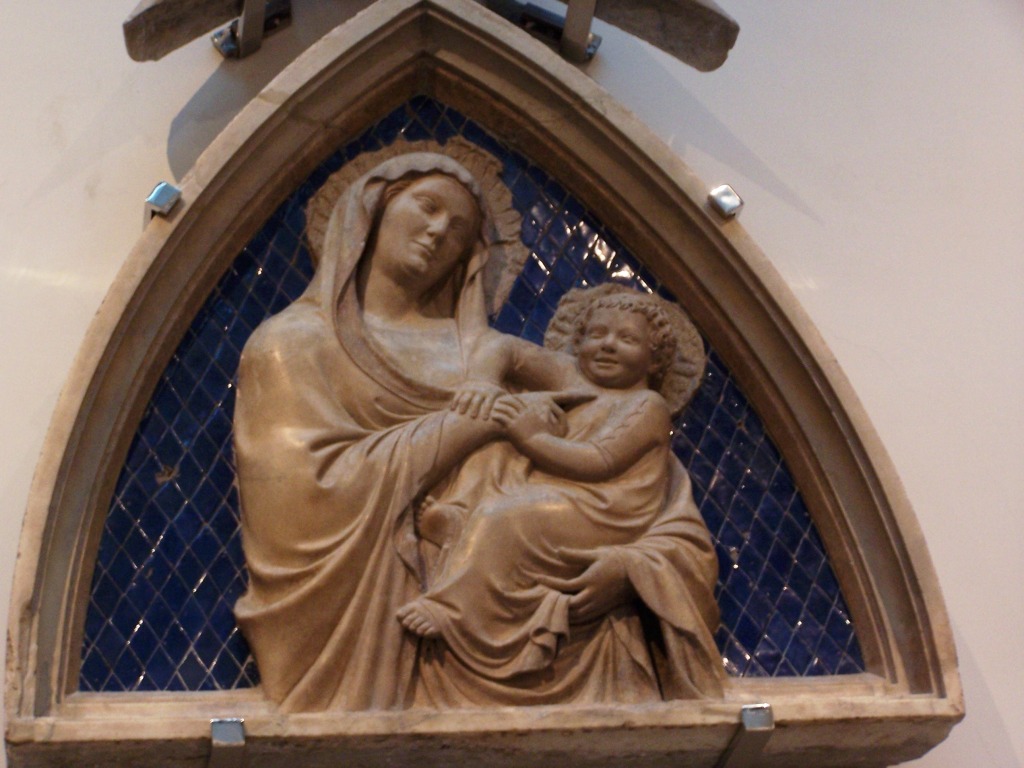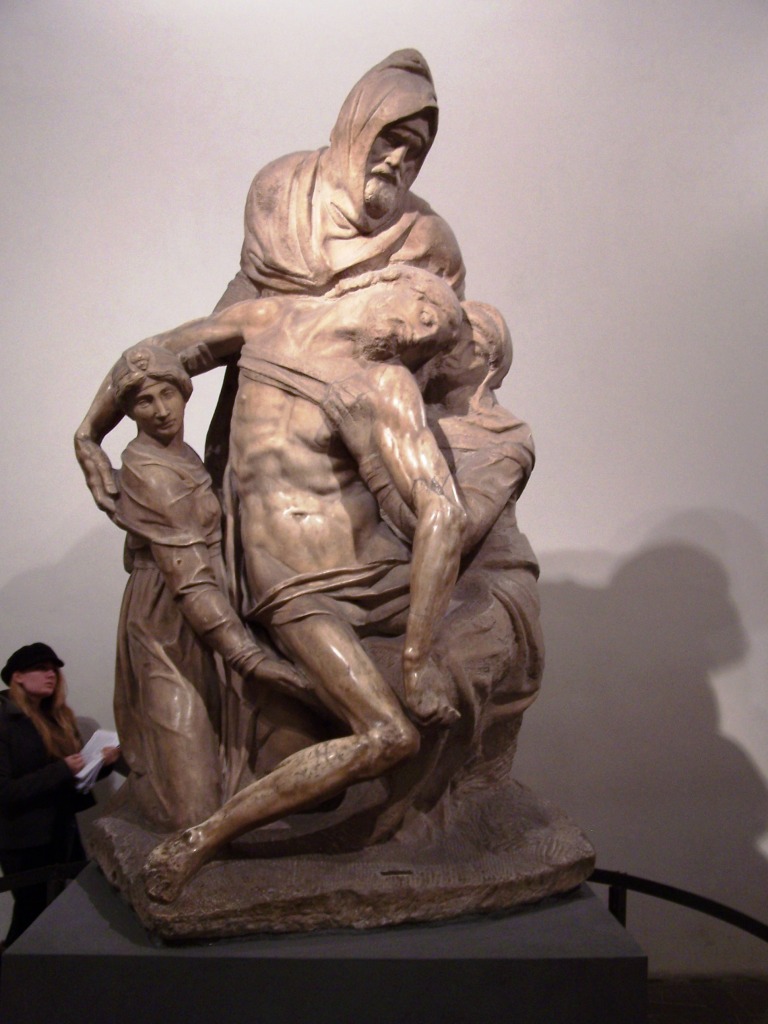Not one of the most well known of Florence’s museums, the Museo dell’Opera del Duomo is nevertheless home to some very important works of art. Many of these are the original works created for the Duomo which have since been removed for the sake of their conservation. Replicas now stand in their stead. Amongst these are Ghiberti’s Golden Gates (the East doors of the Baptistry), and Andrea Pisano‘s original reliefs from Giotto’s Campanile. The museum is also home to Michelangelo’s Florence Pieta, and has an intriguing collection of the scale models created by architect Filippo Brunelleschi in anticipation of the Duomo.
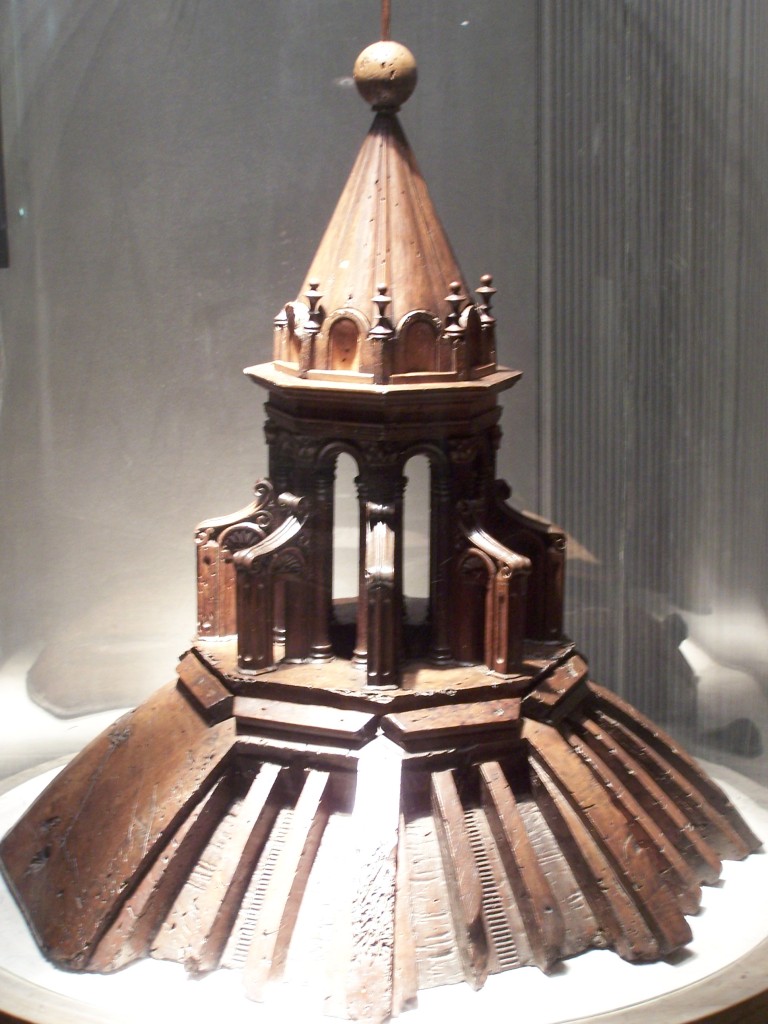
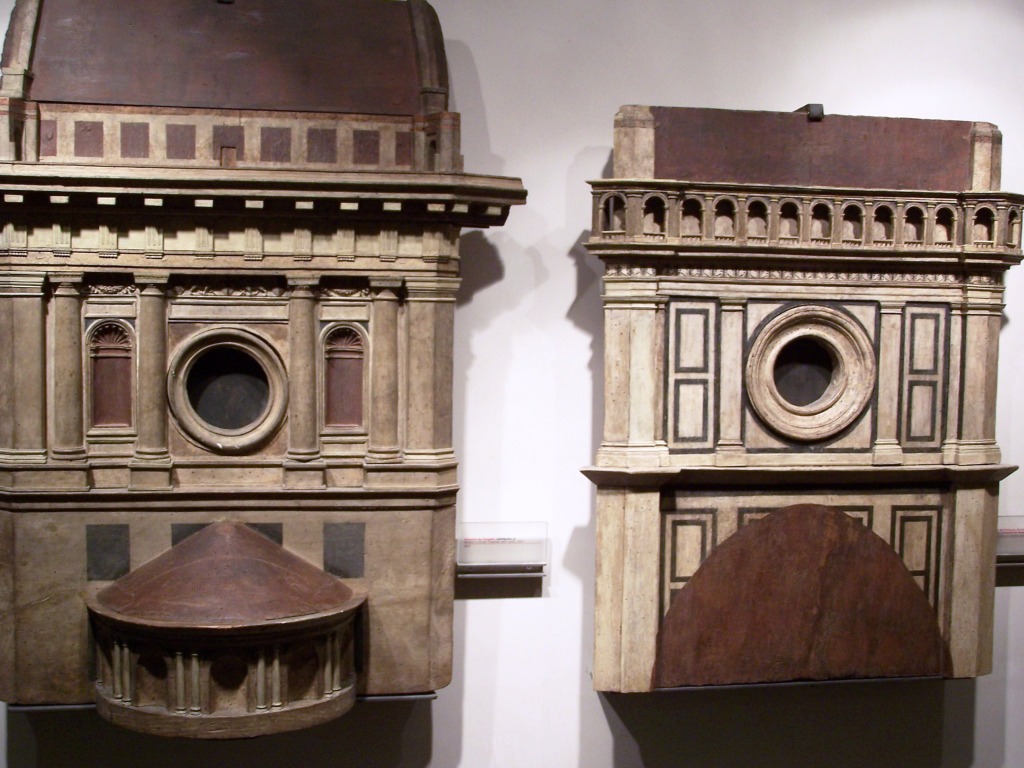
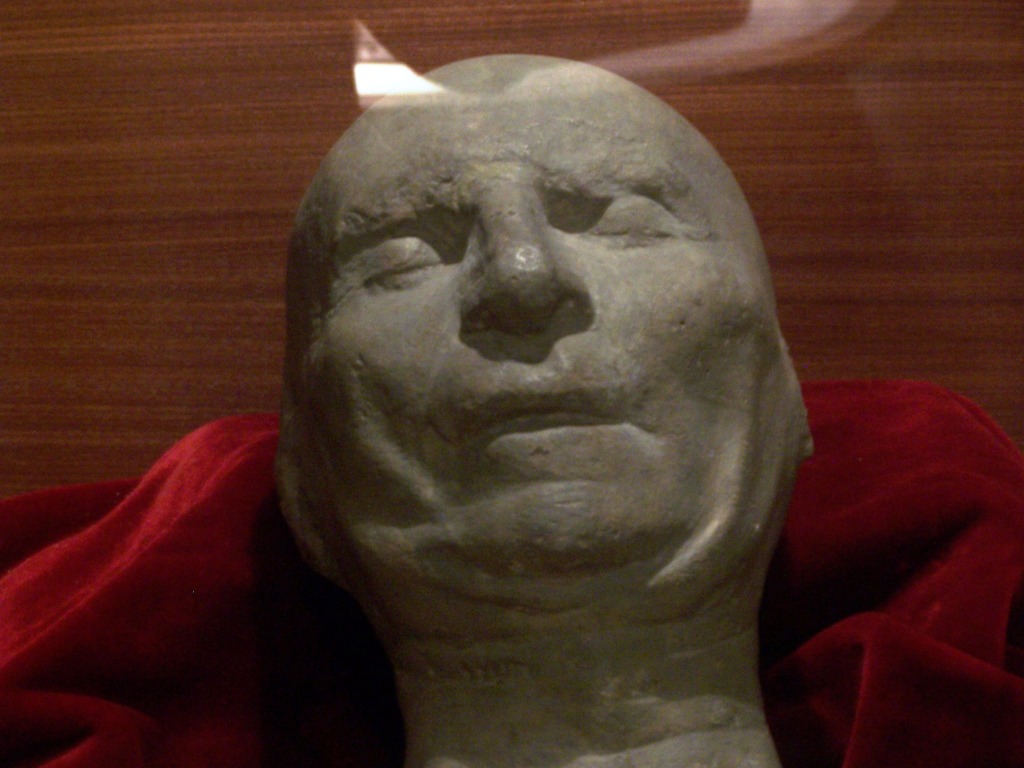
Following are some of the wonderfully evocative reliefs from the series which adorn Giotto’s Campanile and which number fifty-four in all. Twenty-six are hexagonal in shape and twenty-eight rhomboidal, and I have thrown in one red-herring for good measure. Whether Giotto had a hand in their design, or whether that task fell entirely upon the broad shoulders of the sculptor Andrea Pisano, ably assisted by his son, Nino, is a moot point and the subject of academic discussion. Pisano took over the project management of the tower’s construction after Giotto’s death in 1337. The tablets express a range of cultural ideas with some of those shown here inspired by classical mythology and others representing the liberal arts.
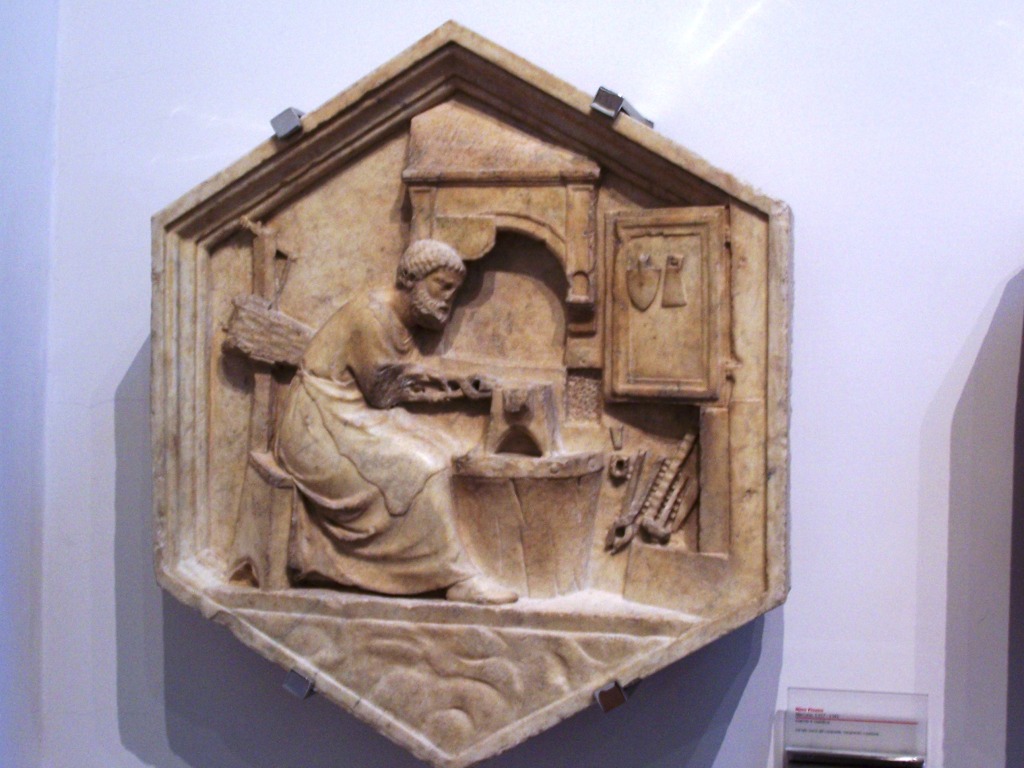
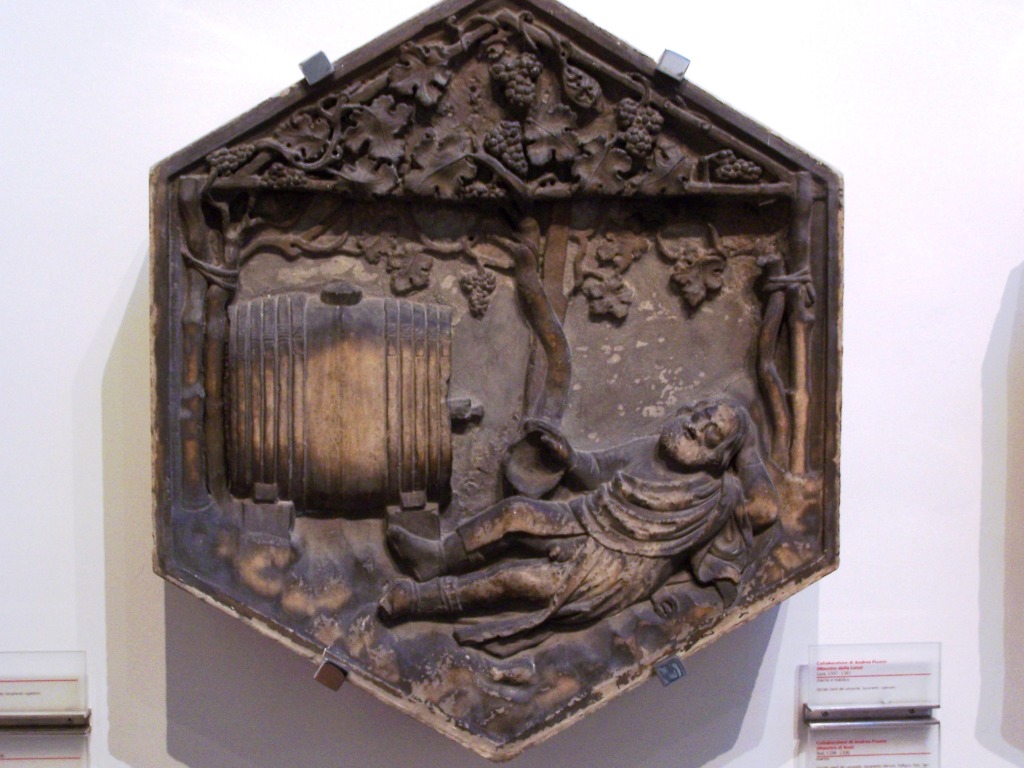
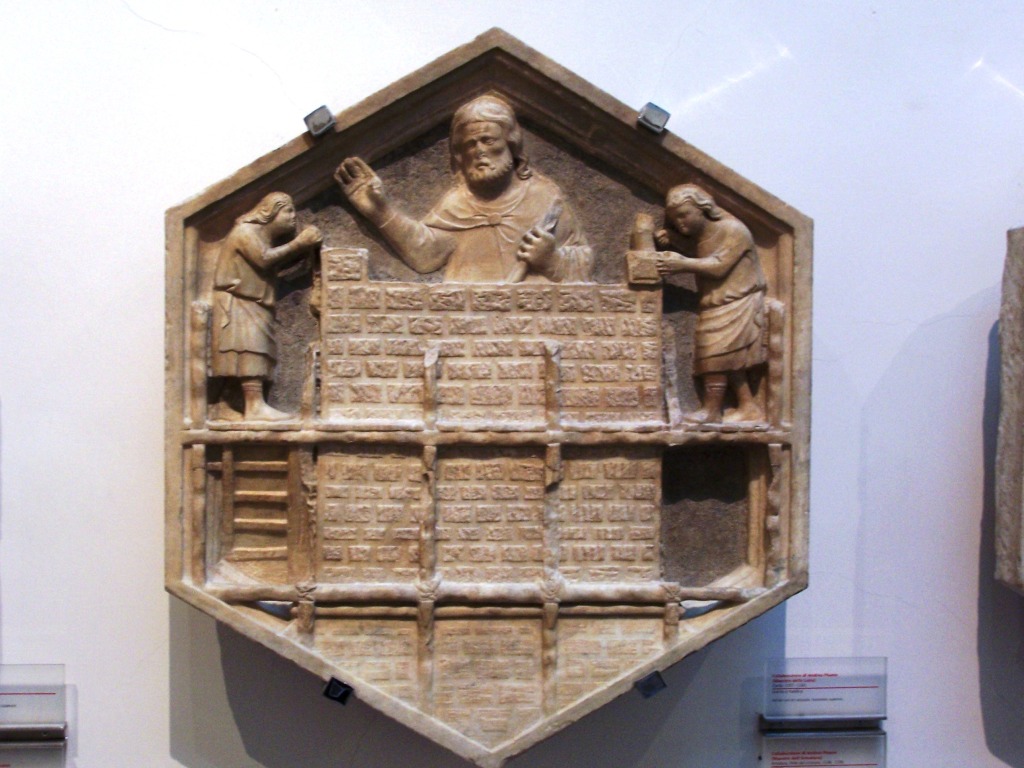
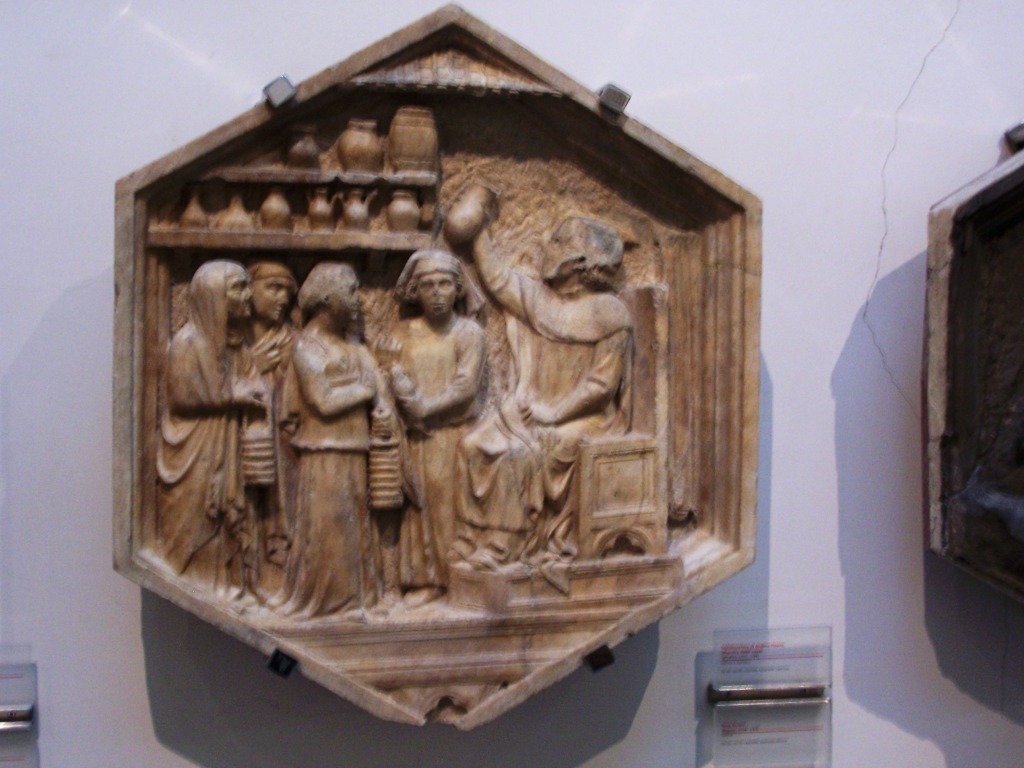

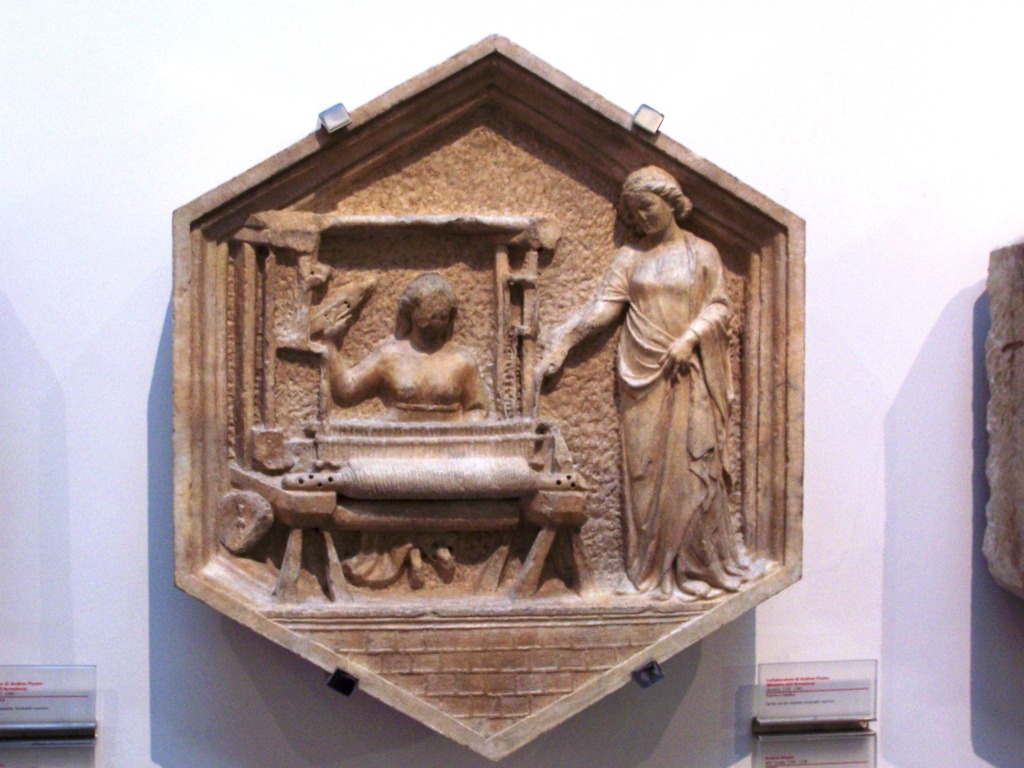

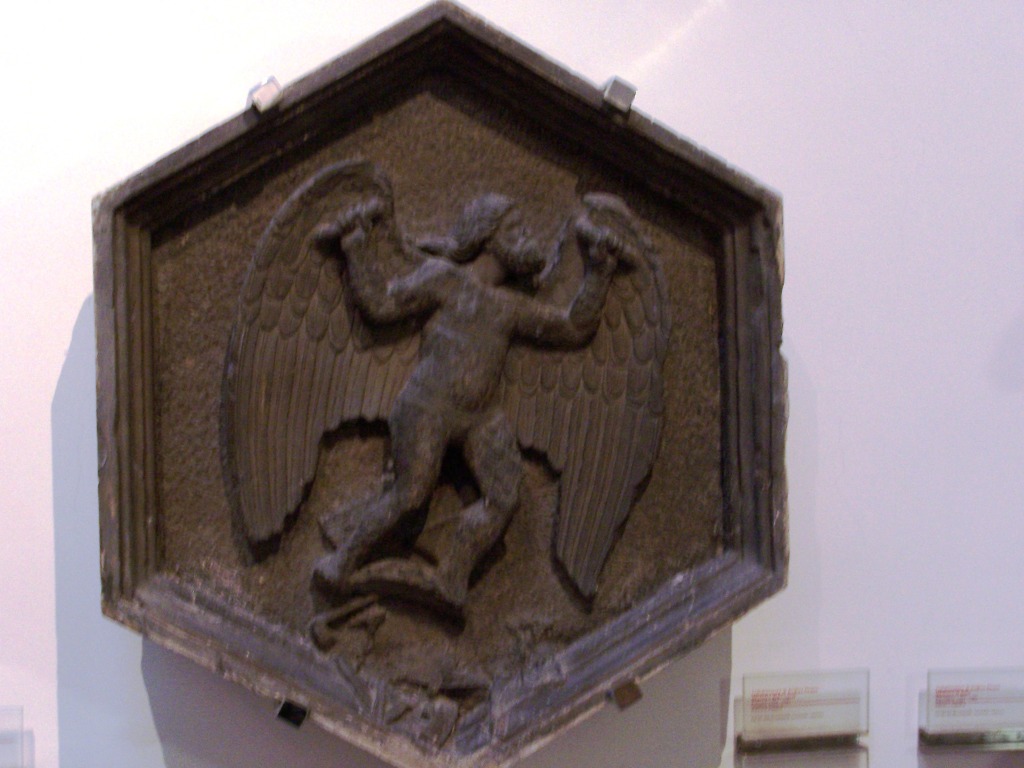
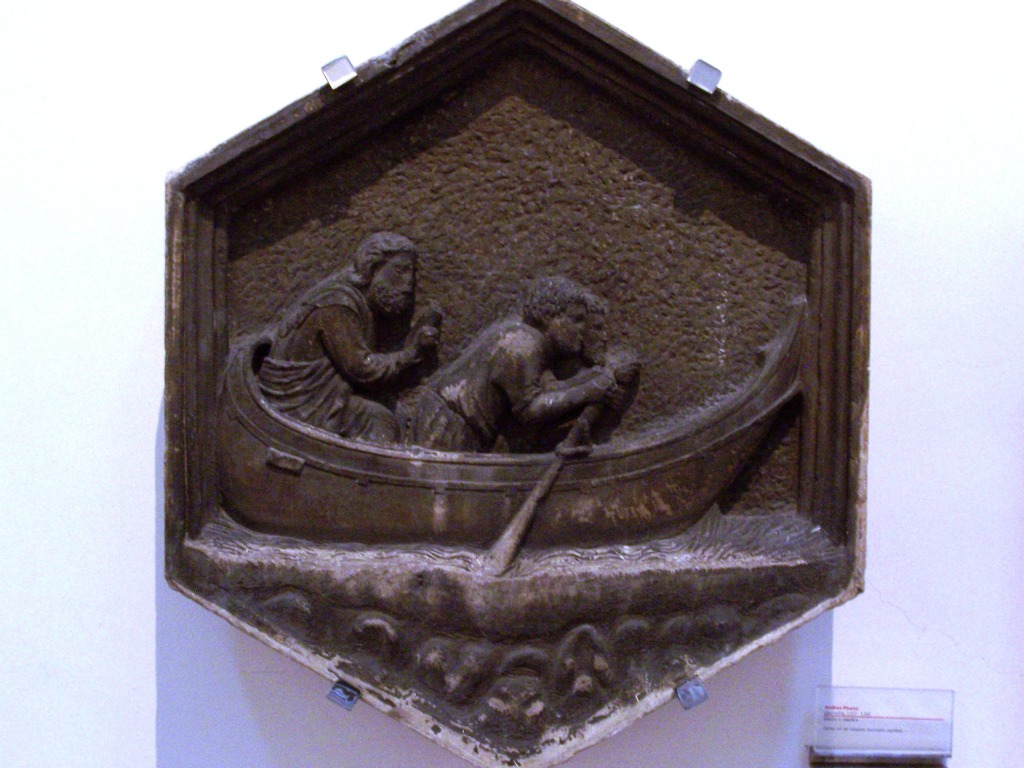
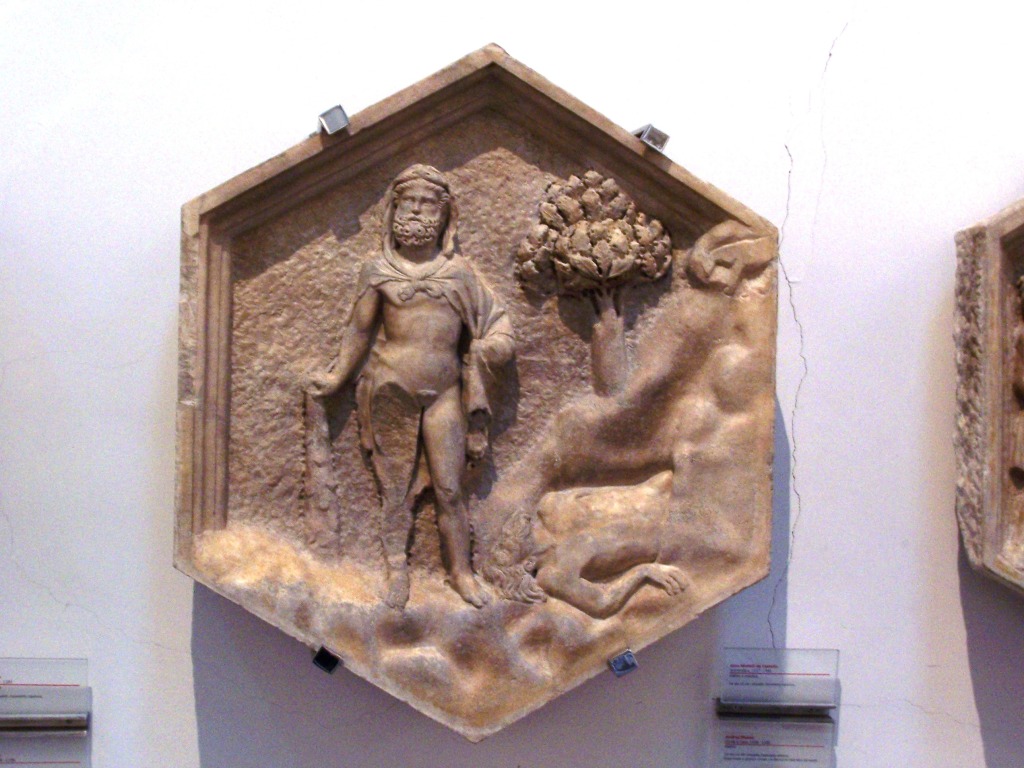
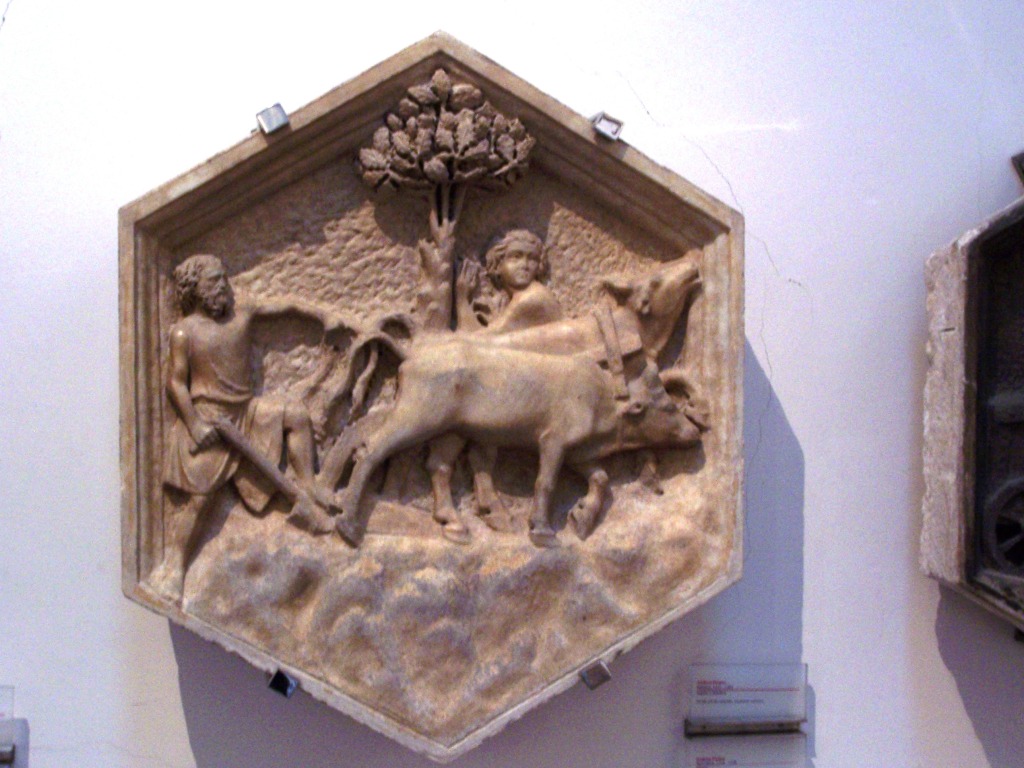

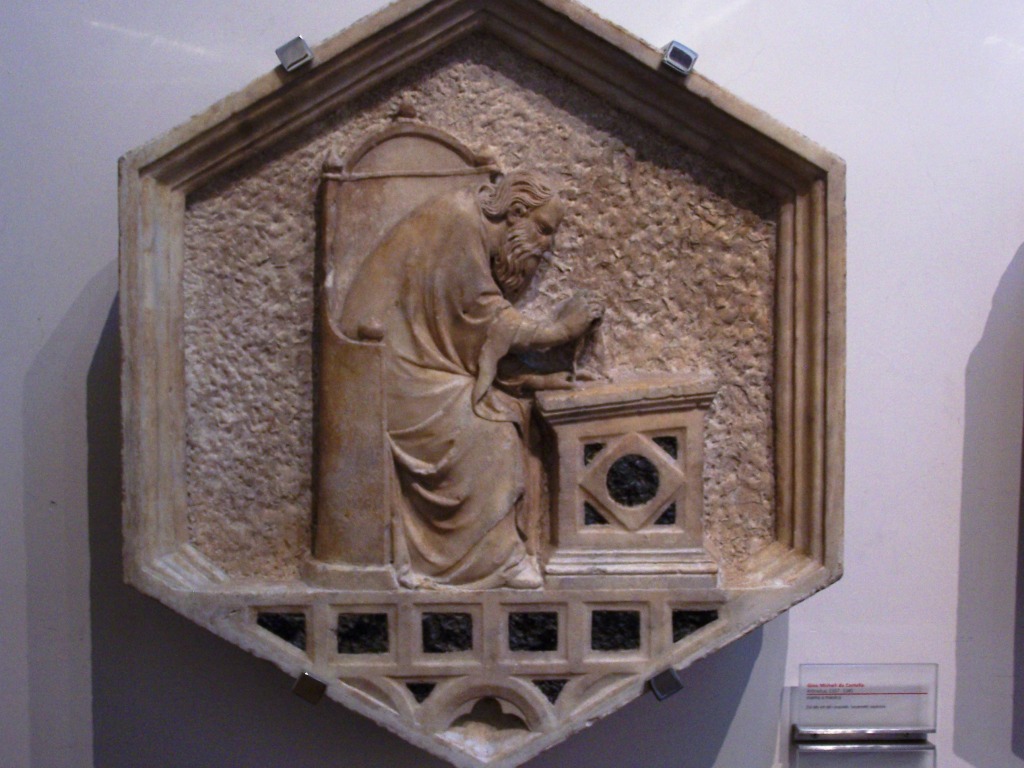

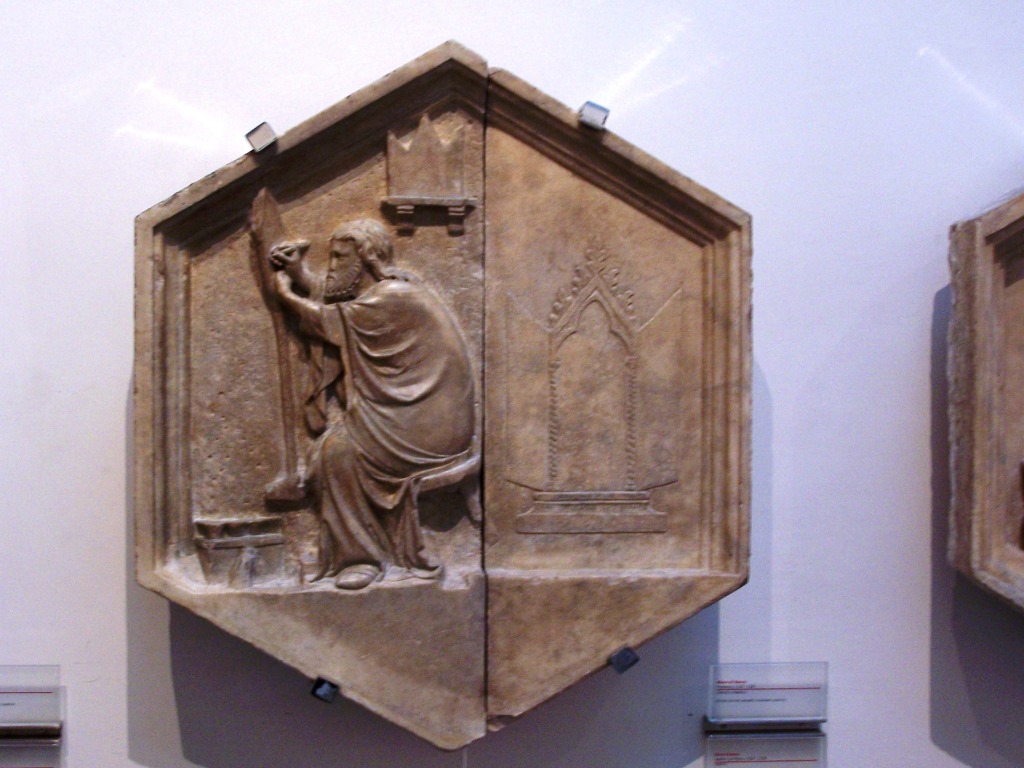
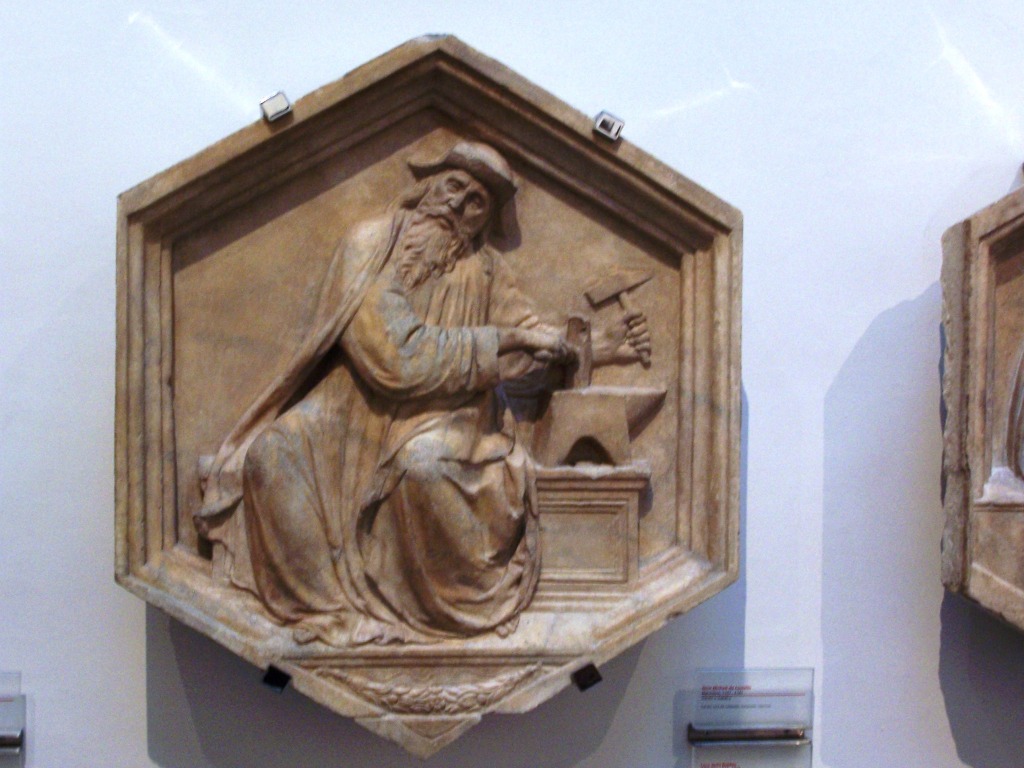
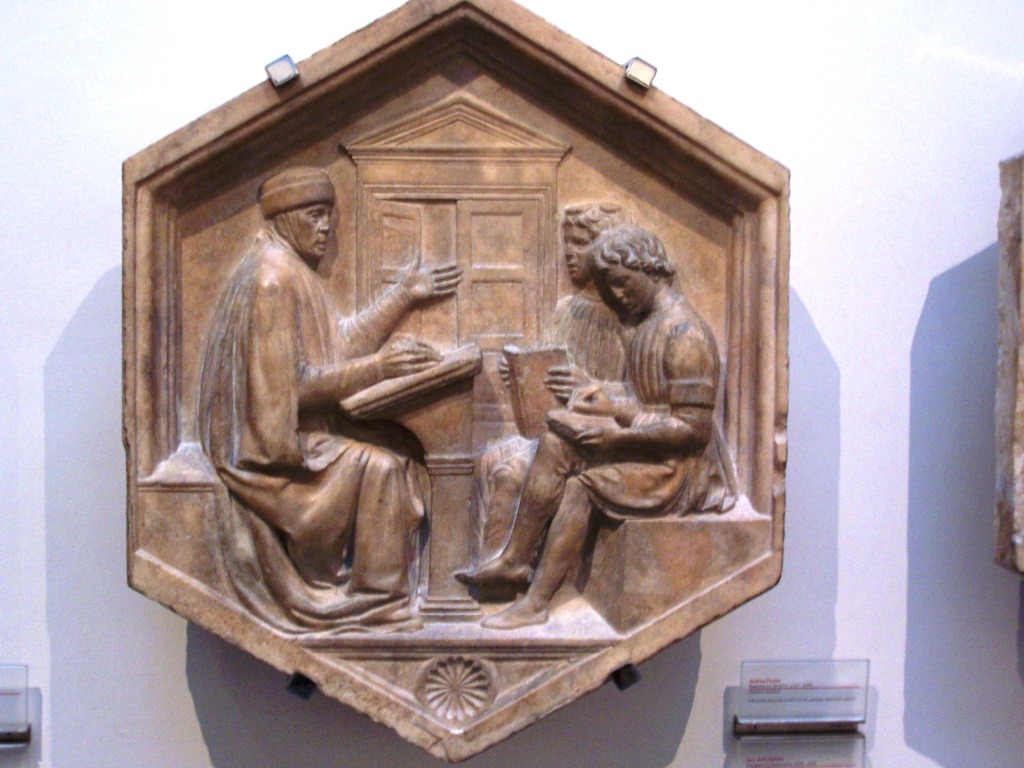

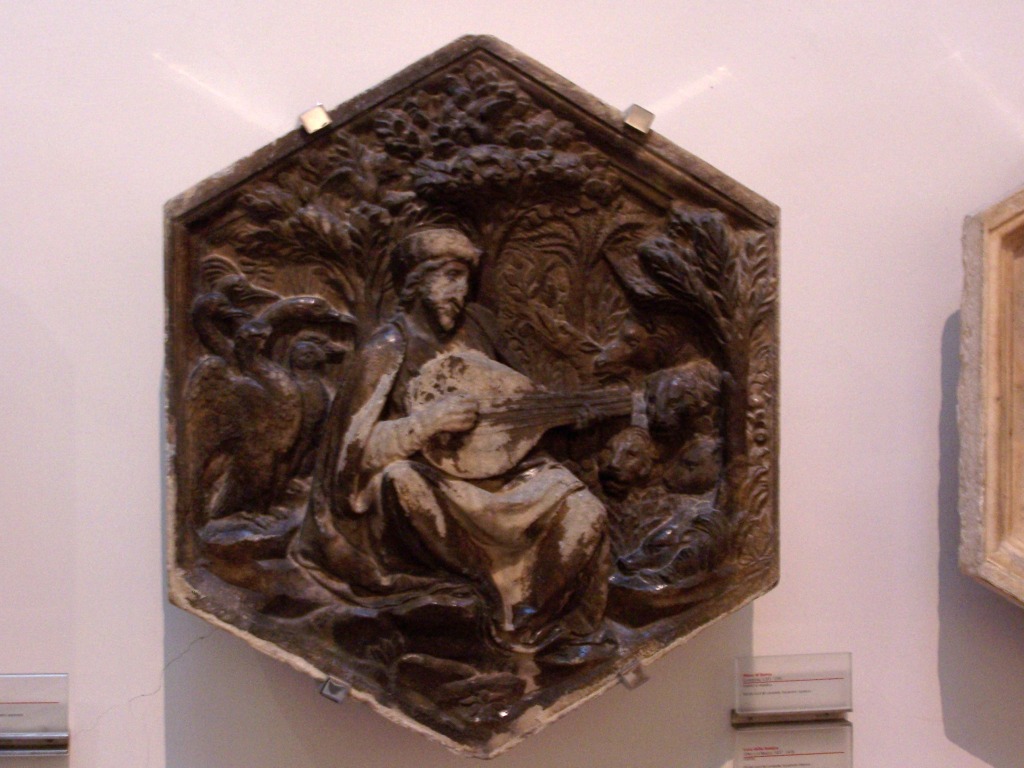
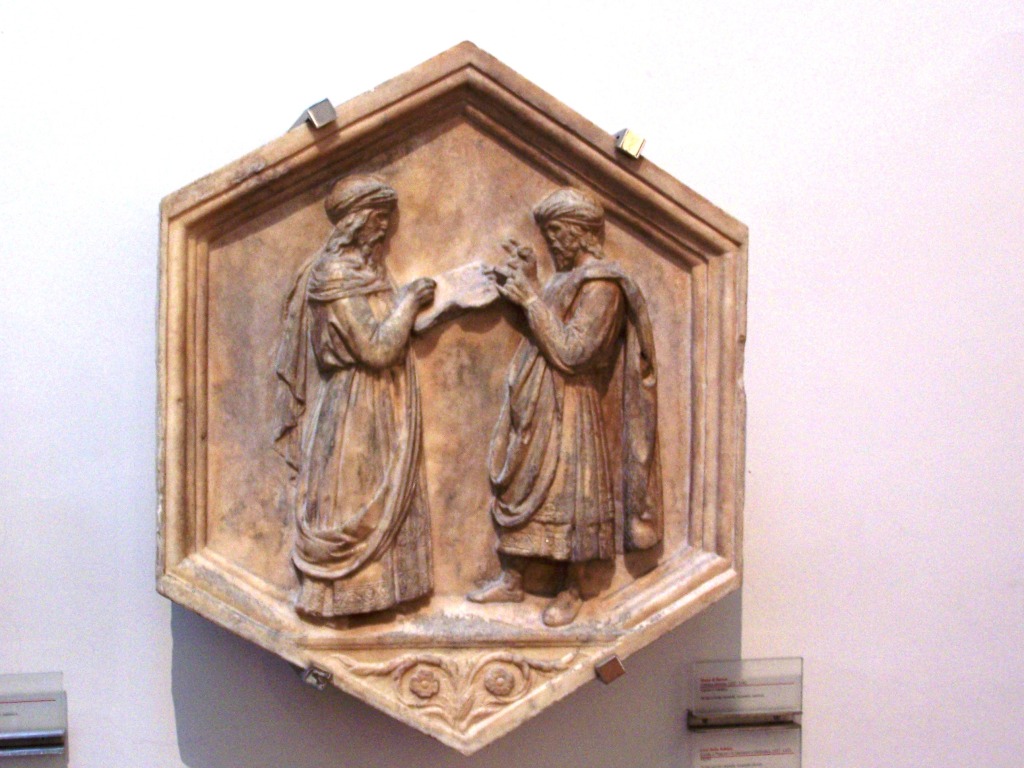
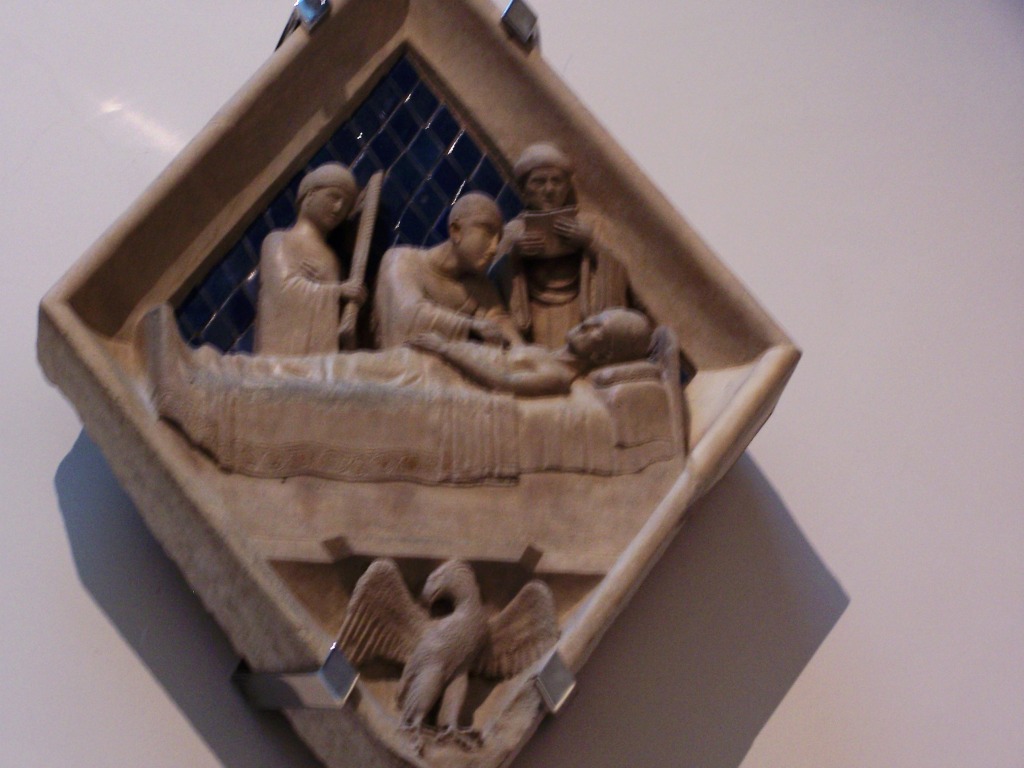
Michelangelo Buonarroti’s Pieta
The notes provided by the museum tell us that Michelangelo was almost eighty when he made this marble group, and that it was intended for the altar of his funerary chapel in Santa Maria Maggiore in Rome. He provided the figure of Nicodemus with his own features. Vasari tells us that Michelangelo shattered the marble due to a ‘pelo che v’era‘ – an imperfection in the grain – destroying a piece of the Madonna’s elbow and the arm and left leg of the Christ, and consequently left the work unfinished. It was restored by Tiberio Calcagni, after Michelangelo had given it to his mate Francesco Bandini, but, according to Vasari, it remained “imperfect due to the death of Bandino, Michelagnolo, and Tiberio”. Most unfortunate.
It was brought to Florence by Grand Duke Cosimo III, where it was set in the crypt of San Lorenzo. In 1721 it was moved to the choir of the Cathedral, behind the high altar, replacing Baccio Bandinelli’s Adam and Eve.
In the 1930s the Pieta was installed in one of the chapels of the north tribune. Its journey ended in 1982, when it was transferred to its current location in the Museum.
Nicodemus, the figure in whom Michelangelo portrayed himself, was one of the two men who removed Christ from the cross.
It’s hard to believe that Michelangelo was almost eighty when he created this superb slice of life, of death, and of purity in compassion. In his work, and in himself, he exemplifies the strength of man in all his frailty.
Michelangelo’s Florence Pieta
What brilliance awaits you.
or to
or try
Site Map

